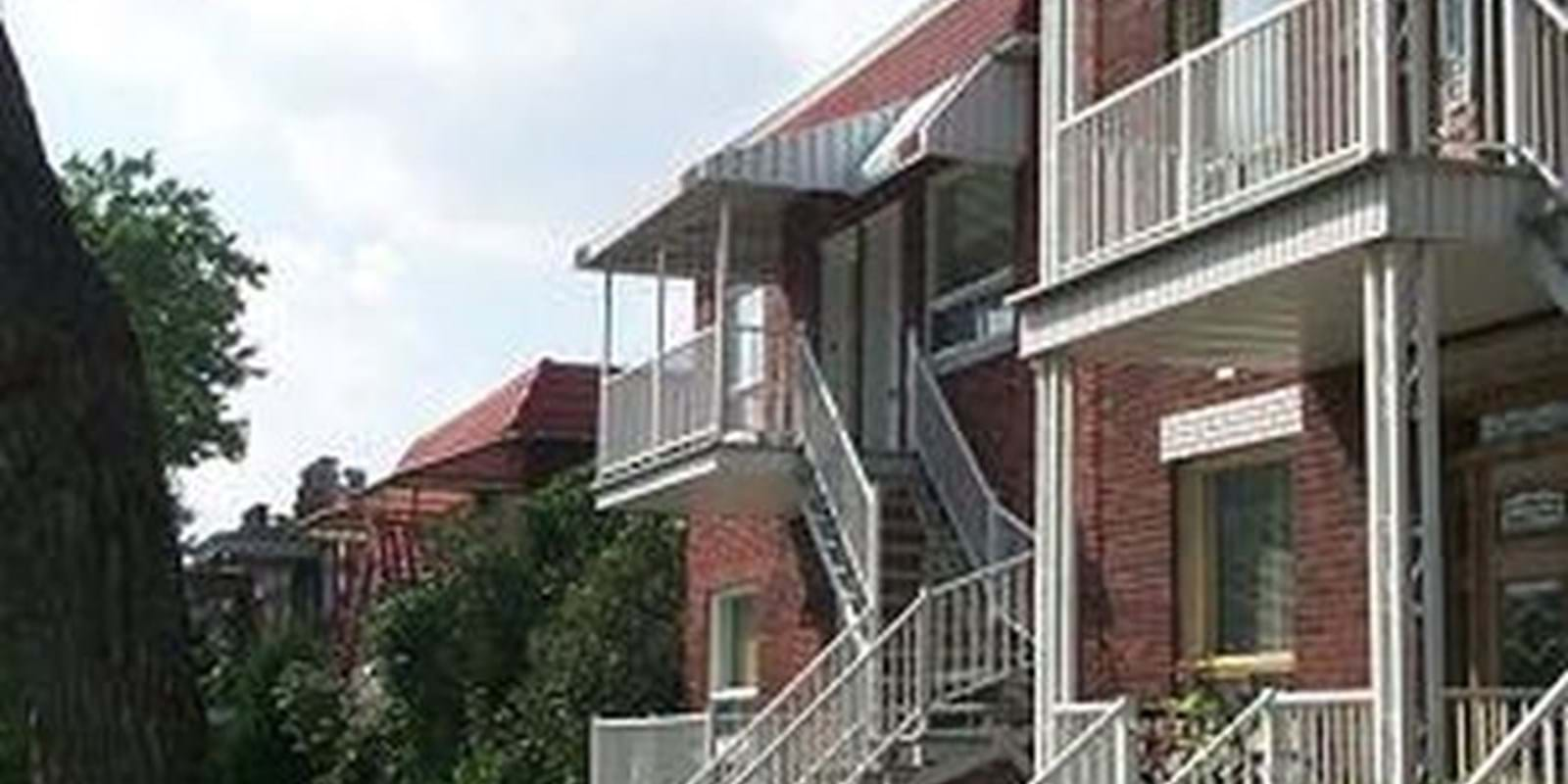You’re ready to become a homeowner! But with so many options to choose from, how do you go about finding the home that’s right for you?
To help you start your search, Canada Mortgage and Housing Corporation (CMHC) offers the following tips on how to find the home of your dreams, how to make an offer, and what happens next:
- One of the best ways to begin looking for a home is through word-of-mouth. Tell everyone you know that you’re in the market, and ask them to give you a heads-up about any homes in their area that are about to become available. CMHC's Home Hunting Comparison Worksheet can also be used to help you find the right home. This and other worksheets can be found at www.cmhc.ca/homebuying.
- Newspapers, real estate magazines and their respective websites are also good sources for leads. Check the Homes section of your local daily newspaper or pick up free real estate magazines at newsstands, convenience stores and other outlets. Websites let you search a wide range of properties by location, price, number of bedrooms and other features.
- Drive, bike or walk around a neighbourhood that interests you, and look for new developments or homes with a “For Sale” sign. Of course, for most buyers, a realtor is key to finding the right home.
- Once you’ve found the home you want to buy, you need to make an Offer to Purchase (sometimes called an Agreement of Purchase and Sale). An Offer to Purchase is a binding legal document, so be sure to prepare it with help from your realtor and/or lawyer or notary.
- Most Offers to Purchase include the names of both the buyer and vendor, the address of the property, the price you are offering to pay, the amount of your deposit, a list of anything you want included in the sale, a closing date and the date the offer expires. It also includes any conditions you want to make on the offer, such as a satisfactory home inspection report or property appraisal.
- Your realtor then presents the offer to the vendor who either accepts your offer, or makes a counter-offer for you to consider.
- In most cases there are several rounds of offers and counter-offers. This is a normal part of the homebuying process. Try not to get too anxious, and make sure you know exactly how much you can afford before you start negotiating so you don’t get carried away and end up with costs you can’t afford.
- If the vendor accepts your offer, it’s time to see your lender or mortgage broker! If you haven’t already been pre-approved for a mortgage (a great idea for most buyers), your lender will verify your financial information and complete the mortgage application.
- Your lender or broker will also explain the various types of mortgages, terms, interest rates, amortization periods and payment schedules that are available, and whether you will need to get mortgage loan insurance.
- When your mortgage application is approved, you can start getting ready for closing day. Closing day is the day when you finally take legal possession of your home.
- On closing day, your lender will give the mortgage money to your lawyer or notary, while you give them your down payment as well as the funds to cover any closing costs.
- Your lawyer or notary then pays the vendor on your behalf, registers the home in your name, and gives you the deed to your new home!
- Finally, be mindful of the additional costs that come with buying a home, such as moving and post-closing costs.

